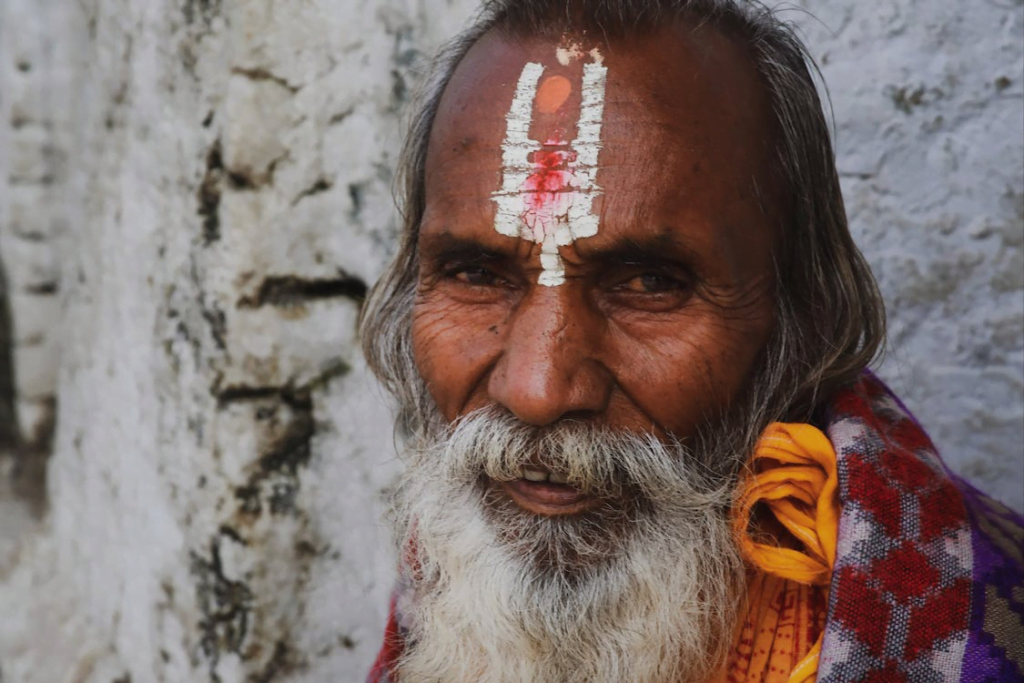Introduction:
Tilak, a mark made on the forehead using colored powder, paste, or sandalwood, has been an important symbol in Hinduism for centuries. It is a tradition deeply rooted in Hindu culture and religion and holds great significance in various religious and cultural rituals. In this article, we will delve into the historical and cultural significance of Tilak, its origins, and its usage in Hinduism.
Definition and types of Tilak
Tilak is a traditional Hindu mark made on the forehead using colored powder, paste, or sandalwood. It is commonly seen as a religious and cultural symbol that holds great significance in Hinduism. The origins of Tilak can be traced back to ancient Hindu texts and mythology, where it is mentioned as a symbol of devotion, spirituality, and knowledge.
The term ‘Tilak’ is derived from the Sanskrit word ’tila’ meaning sesame seeds, which were often used in the making of the mark. Tilak is also known as ‘pottu’ in Tamil, ‘bindi’ in Hindi, and ‘tika’ in Nepali. There are several types of Tilak, each with its unique significance and application.
The different types of Tilak include:
- Chandan Tilak – Made with sandalwood paste and is associated with Lord Vishnu
- Kumkum Tilak – Made with red vermillion and is associated with Goddess Shakti
- Haldi Tilak – Made with turmeric powder and is associated with auspiciousness and purity
- Kesar Tilak – Made with saffron and is associated with prosperity and good luck
Historical roots of Tilak in Hinduism

The historical roots of Tilak can be traced back to ancient Hindu texts such as the Vedas, Puranas, and Upanishads. These texts mention the application of Tilak as a symbol of spiritual awakening and devotion to the gods. Tilak was also used as a way to identify one’s religious affiliation and caste in ancient times.
In Hindu mythology, Tilak is associated with Lord Shiva, who is often depicted with a white Tilak on his forehead. The significance of Tilak in Hinduism can also be traced to the story of Lord Rama, who applied Tilak made of sandalwood paste on his forehead as a symbol of his devotion to Lord Vishnu.
Tilak is also mentioned in several ancient texts such as the Bhagavad Gita, where it is described as a symbol of knowledge and wisdom. The text states, “One who sees inaction in action, and action in inaction, is wise among men; he is a yogi and has accomplished everything he desires.”
Rituals and occasions where Tilak is applied
- Puja – Tilak is applied during Hindu puja ceremonies to mark the forehead of the deity being worshipped as a symbol of reverence and devotion.
- Weddings – Tilak is applied to the groom’s forehead during the pre-wedding ceremony, marking the acceptance of the bride’s family of the groom.
- Birth ceremonies – Tilak is applied to the newborn’s forehead as a symbol of protection and blessings.
- Funerals – Tilak is applied to the forehead of the deceased before the funeral as a way to honor and pay respects.
Significance of Tilak in Hindu festivals and celebrations
- Diwali – Tilak is applied during Diwali as a symbol of good luck and prosperity.
- Holi – Tilak is applied during Holi to mark the beginning of the festival and symbolize the triumph of good over evil.
- Navratri – Tilak is applied during Navratri to honor the goddess being worshipped and symbolize purity and devotion.
Differences in Tilak application based on gender, caste, and region
- Gender – Tilak is applied to both men and women, but the size and location of the mark may vary.
- Caste – Different castes may have their unique way of applying Tilak or may use different materials to make the mark.
- Region – Different regions in India may have their unique way of applying Tilak, and the type of Tilak used may vary based on the regional traditions and customs.
The symbolic meaning of Tilak in Hinduism
- Third eye – Tilak represents the third eye, which symbolizes spiritual enlightenment and the ability to see beyond the physical realm.
- Chakras – Tilak is also believed to represent the chakras, the energy centers of the body, and the flow of energy within them.
- Deity representation – The type of Tilak used can also represent the specific deity being worshipped and its attributes.
Role of Tilak in Indian culture and tradition
- Social significance – Tilak is used as a way to mark social status, caste, and affiliation.
- Religious significance – Tilak is used in various religious ceremonies and is a symbol of devotion and reverence towards deities.
- Traditional significance – Tilak has been an integral part of Indian culture and tradition for centuries and is used in various occasions and events.
Contemporary usage and importance of Tilak in modern Indian society
- Political significance – Tilak has been used as a symbol of political and cultural movements, such as the Indian independence movement and the Hindu nationalist movement.
- Cultural significance – Tilak continues to hold cultural significance in modern-day India, with many people still using it as a way to mark special occasions and ceremonies.
- Religious significance – Tilak is still used in various religious ceremonies and festivals, with its importance in Hinduism remaining strong.
Conclusion:
Tilak holds great cultural significance in Hinduism and Indian society, representing spiritual and philosophical concepts, playing an essential role in social and religious contexts, and continuing to hold relevance in contemporary Indian society. Its role in political and cultural movements and its continued use in various ceremonies and festivals showcase its significance in modern-day India, making it an integral part of Indian culture and tradition.


